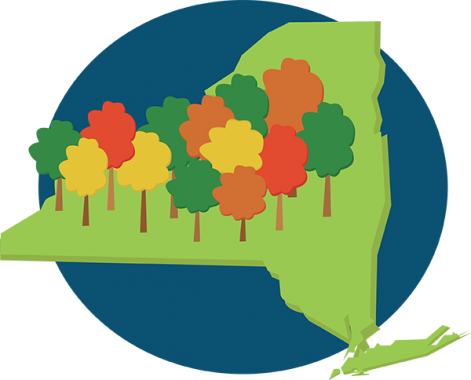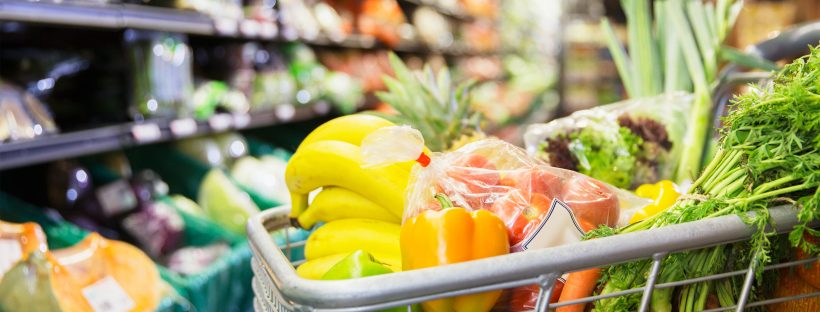If you’re confused about the difference between organic and natural, you’re not alone. While they might sound like the same thing, one describes a strictly regulated product, while the other is largely a marketing term. Don’t be fooled.
What is “Organic”?
Organic food is regulated by the United States Department of Agriculture (USDA), which sets national standards for certification. Foods that are certified organic must follow strict regulations. For example, they must be grown without the use of synthetic pesticides, certain fertilizers or genetic engineering. Livestock must have access to the outdoors and be raised without antibiotics or growth hormones. These farming practices are designed to help enhance the quality of soil and water, decrease pollution, and provide healthier habitats for animals.
The USDA also sets standards for product labeling, with 4 types of labels:
- 100% organic: all ingredients in that product must be certified organic
- Organic: must contain at least 95% certified organic ingredients
- Made with organic ingredients: must include at least 70% certified organic ingredients
- Contains organic ingredients: includes less than 70% certified organic ingredients
Only products labeled “100% organic” or “organic” can use the USDA seal, with some exceptions.
What is “Natural”?
No government agency or group regulates the term “natural” (other than for meat and poultry, where the USDA has created some requirements). Therefore, it’s not really clear what this term means. It is generally thought that a natural product has “no artificial ingredients”. But without regulation, it’s common to find products labeled “natural” that contain things that are not natural, like artificial preservatives or genetically modified organisms. Without strict standards, food corporations can define what “natural” means for their products.
Why Does This Matter?
According to a 2015 Consumer Reports survey, nearly two-thirds of people believe that the natural food label means more than it does. This confusion means that people may be buying a product assuming certain regulations and standards when that’s not the case.
What’s the Bottom Line?
Use the food label and ingredients list to check if food lives up to its front-of-package claims. If you want to purchase organic products, look for the labels or the USDA seal. This food can cost more money, so pick the foods where you’ll get the most “bang for your buck”. For example, the “dirty dozen” is a list of 12 fruits and veggies that have the most pesticide residue when grown conventionally. Those may be a good starting place. On the other hand, the “clean fifteen” are fruits and veggies that have low pesticide residue, even when grown conventionally.
Looking to add more of those veggies to your day? Check out 9 Easy Ways to Add Vegetables to Your Meals.
- Healthy Snacking Tips from a Football Party Veteran - February 2, 2022
- Why I Will Be in Line for A Flu Shot This Year - February 21, 2021
- Small Steps to Prevent Big Falls: Protecting Older Adults from Injury - February 20, 2021


